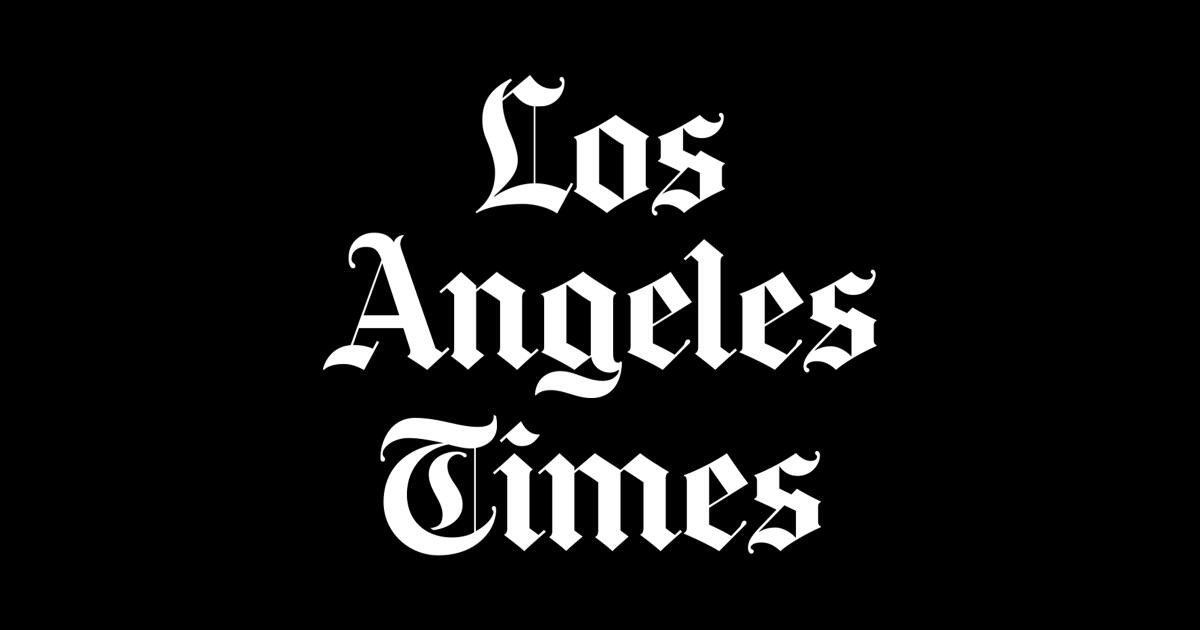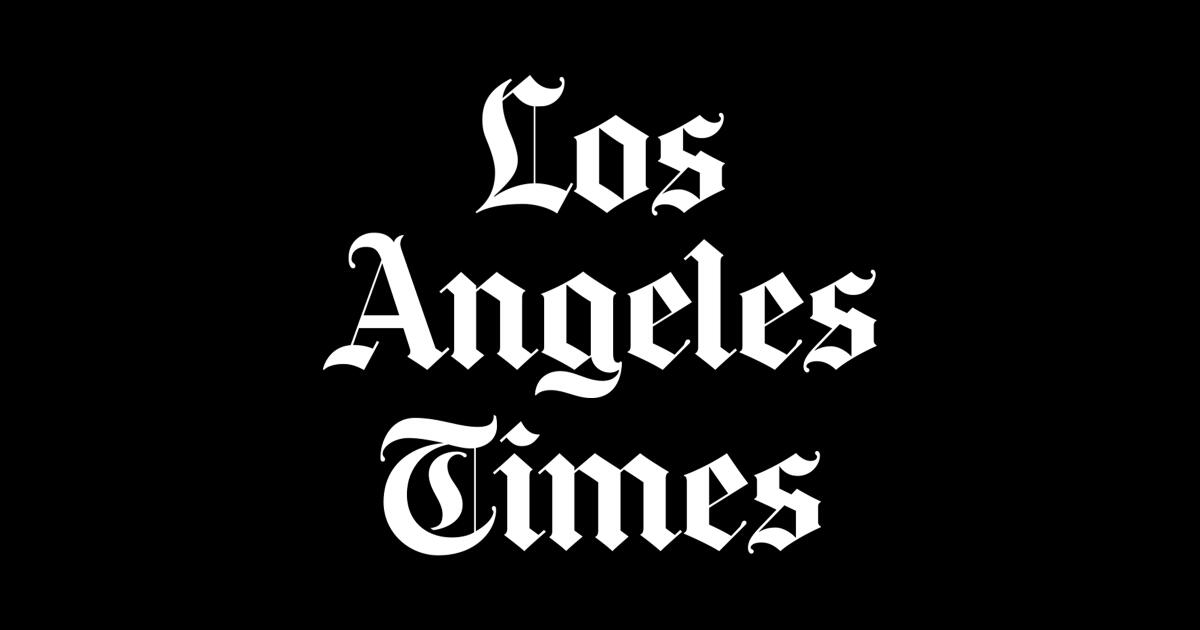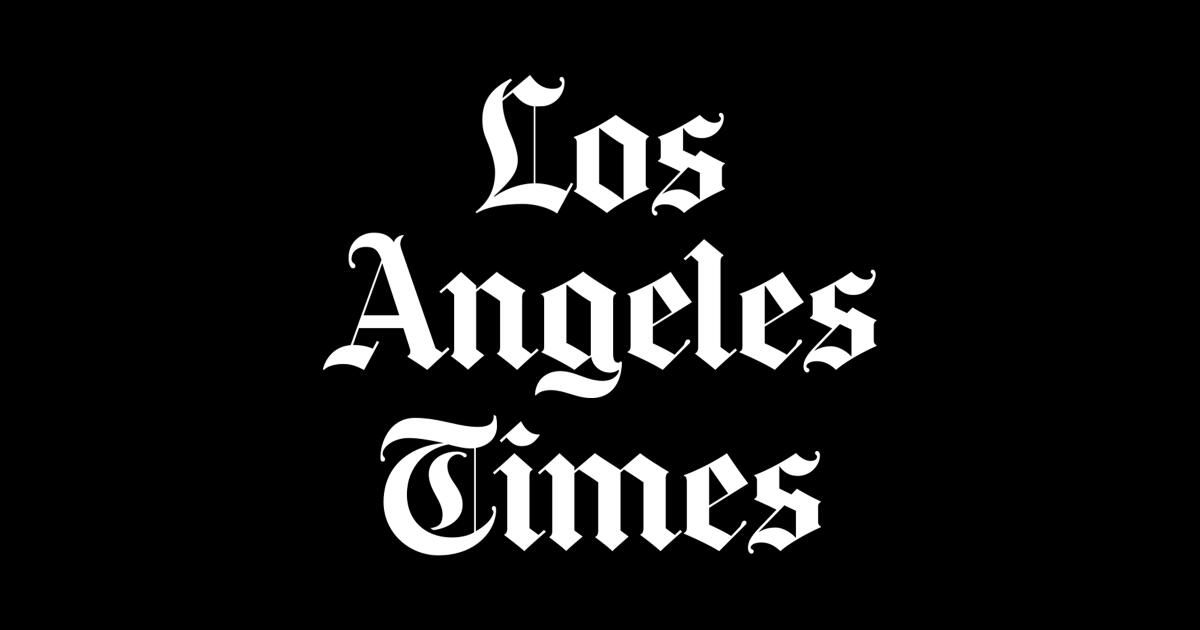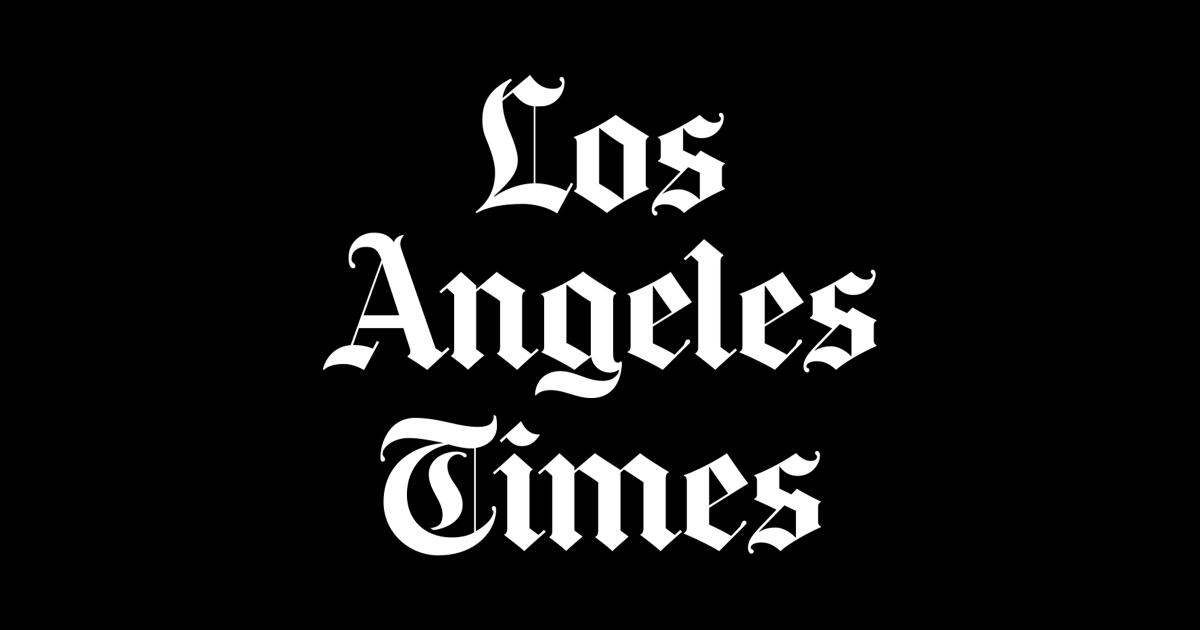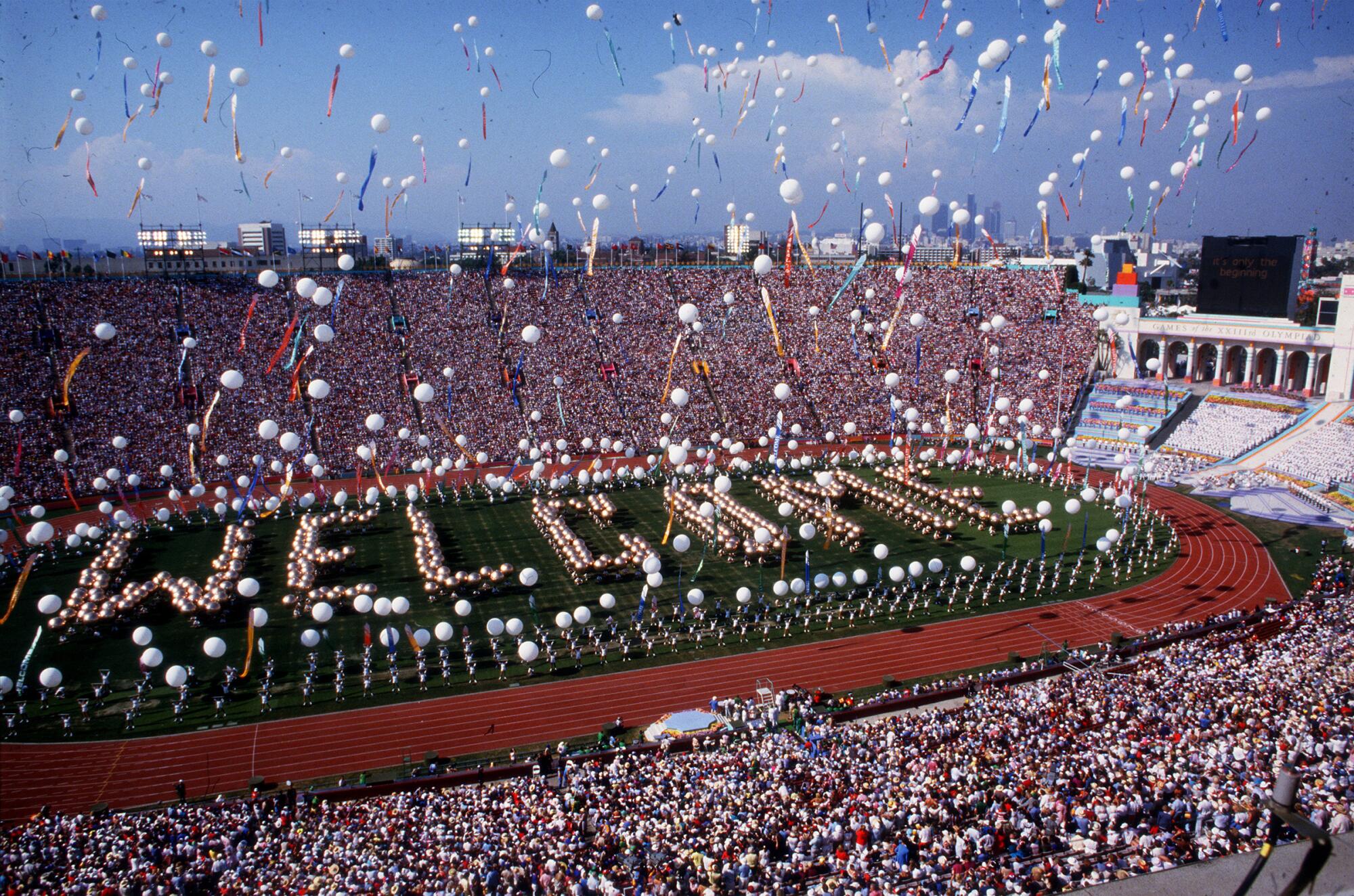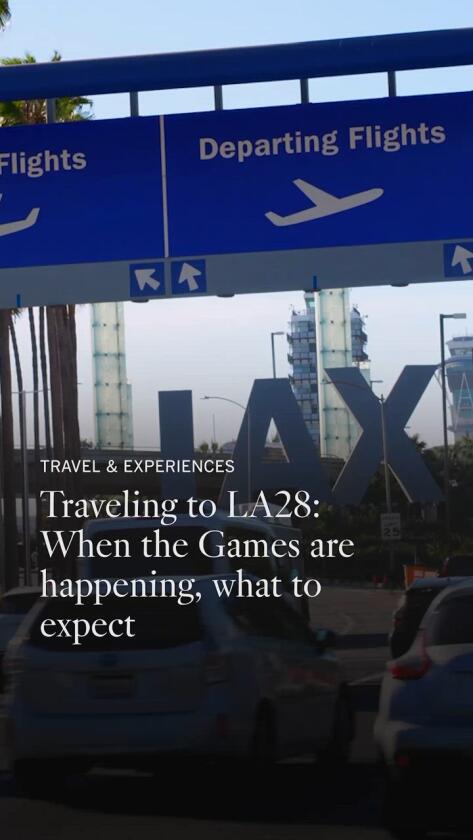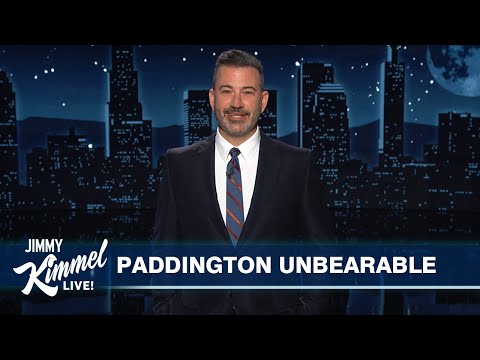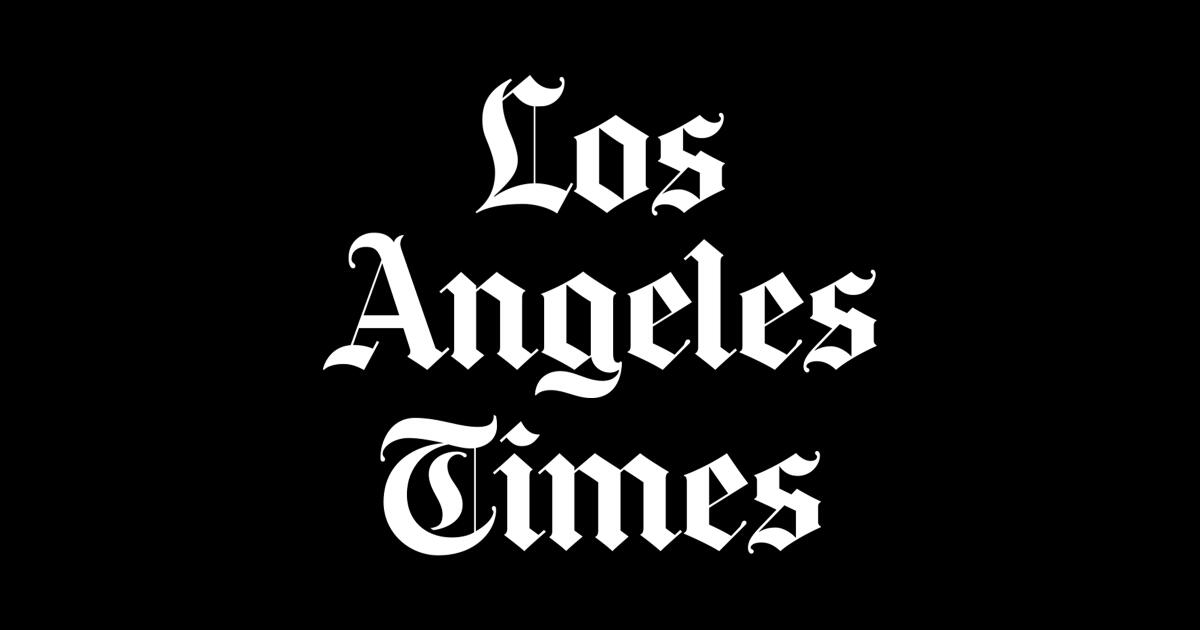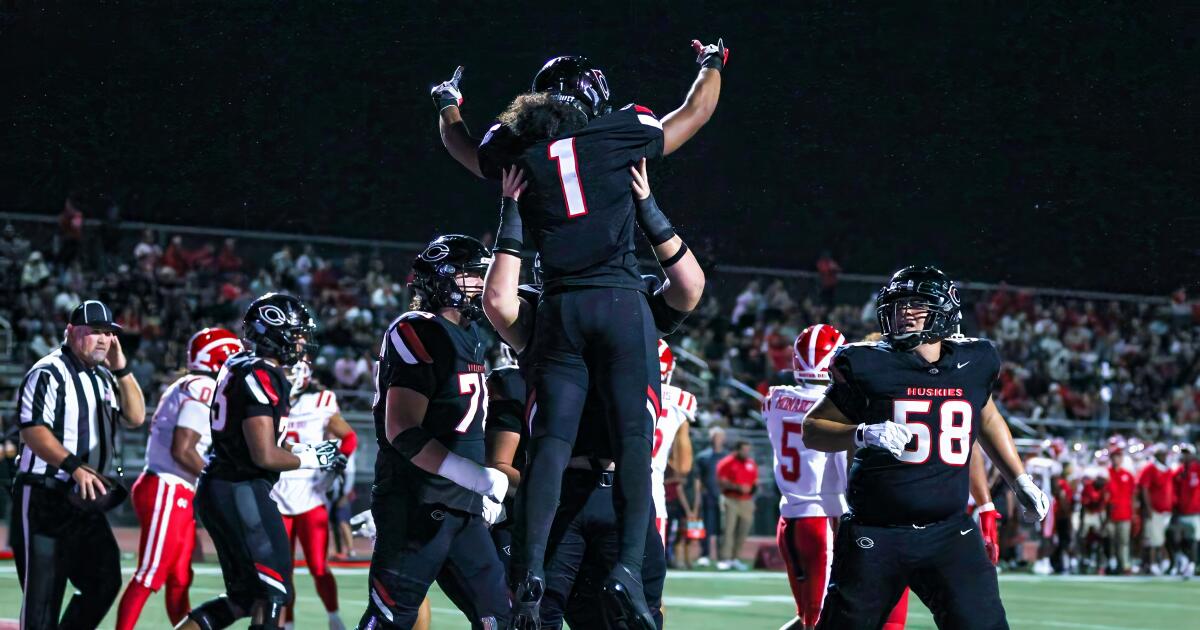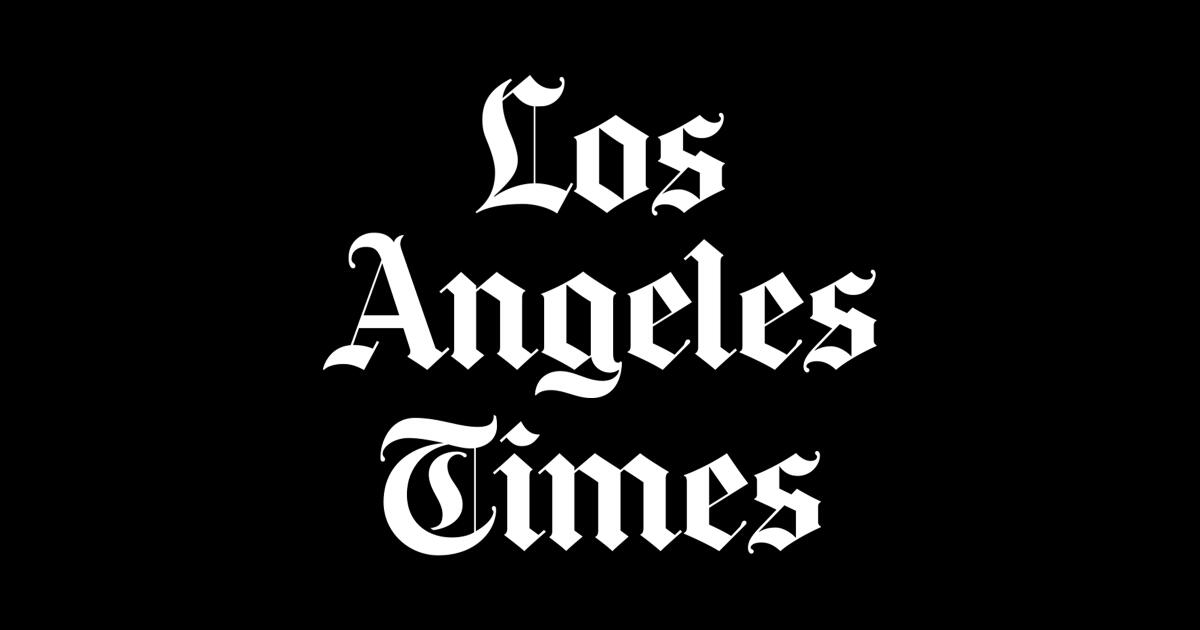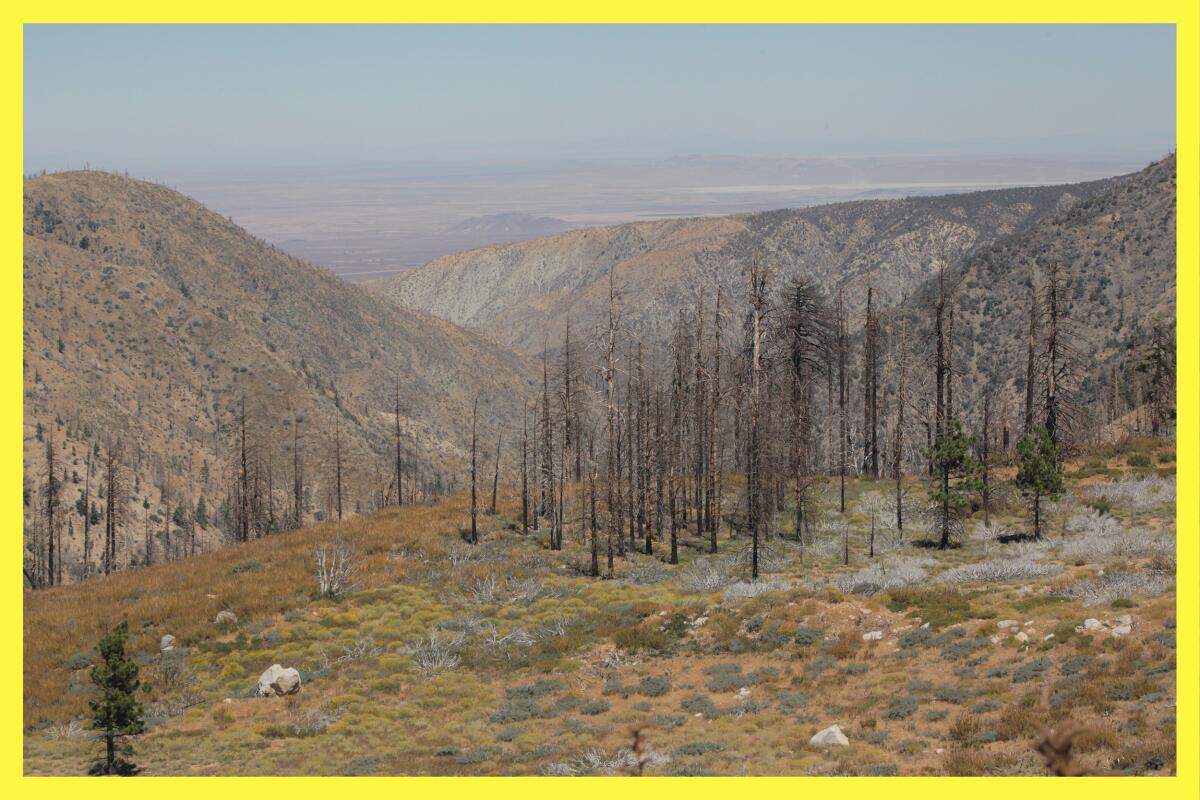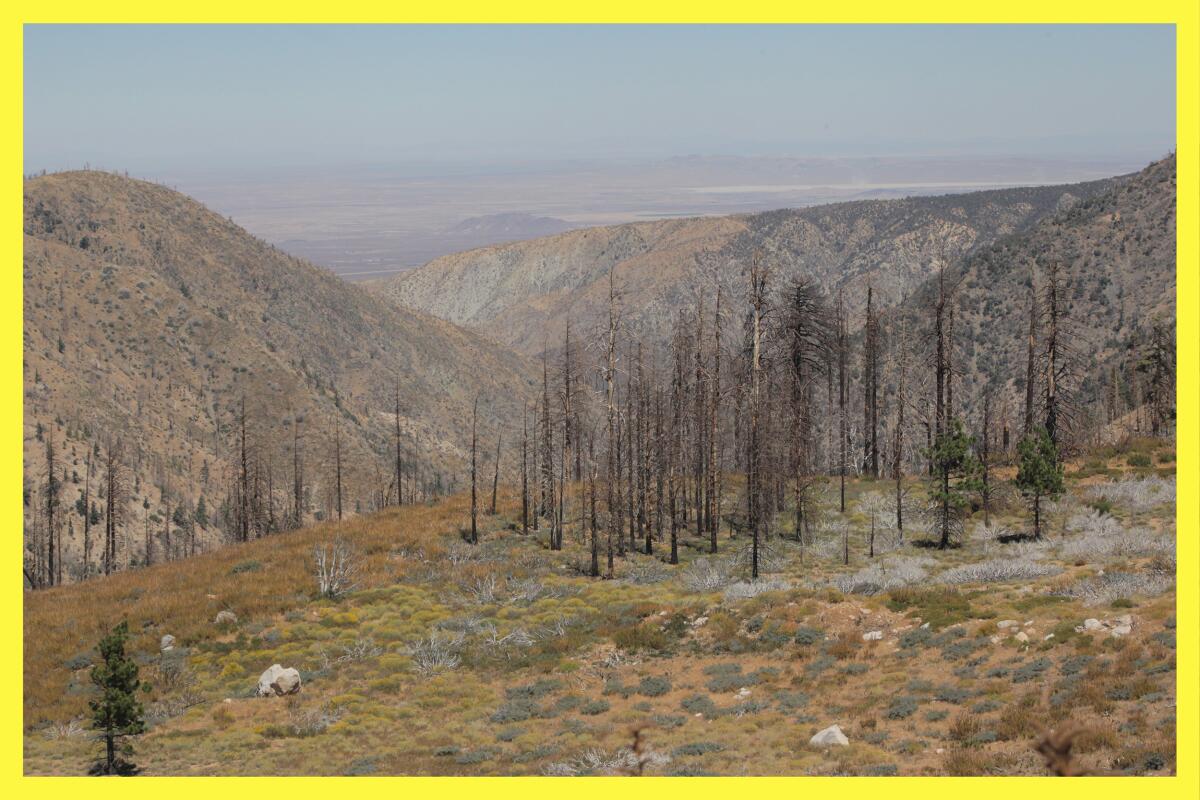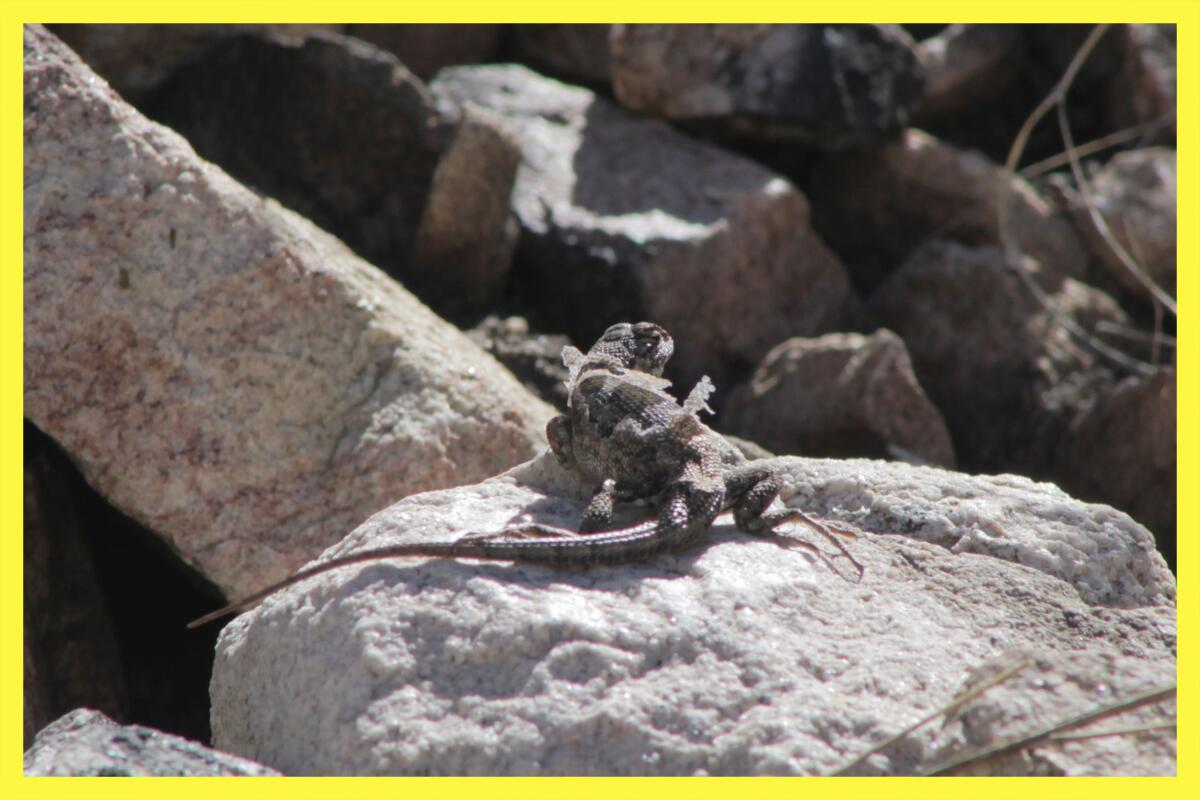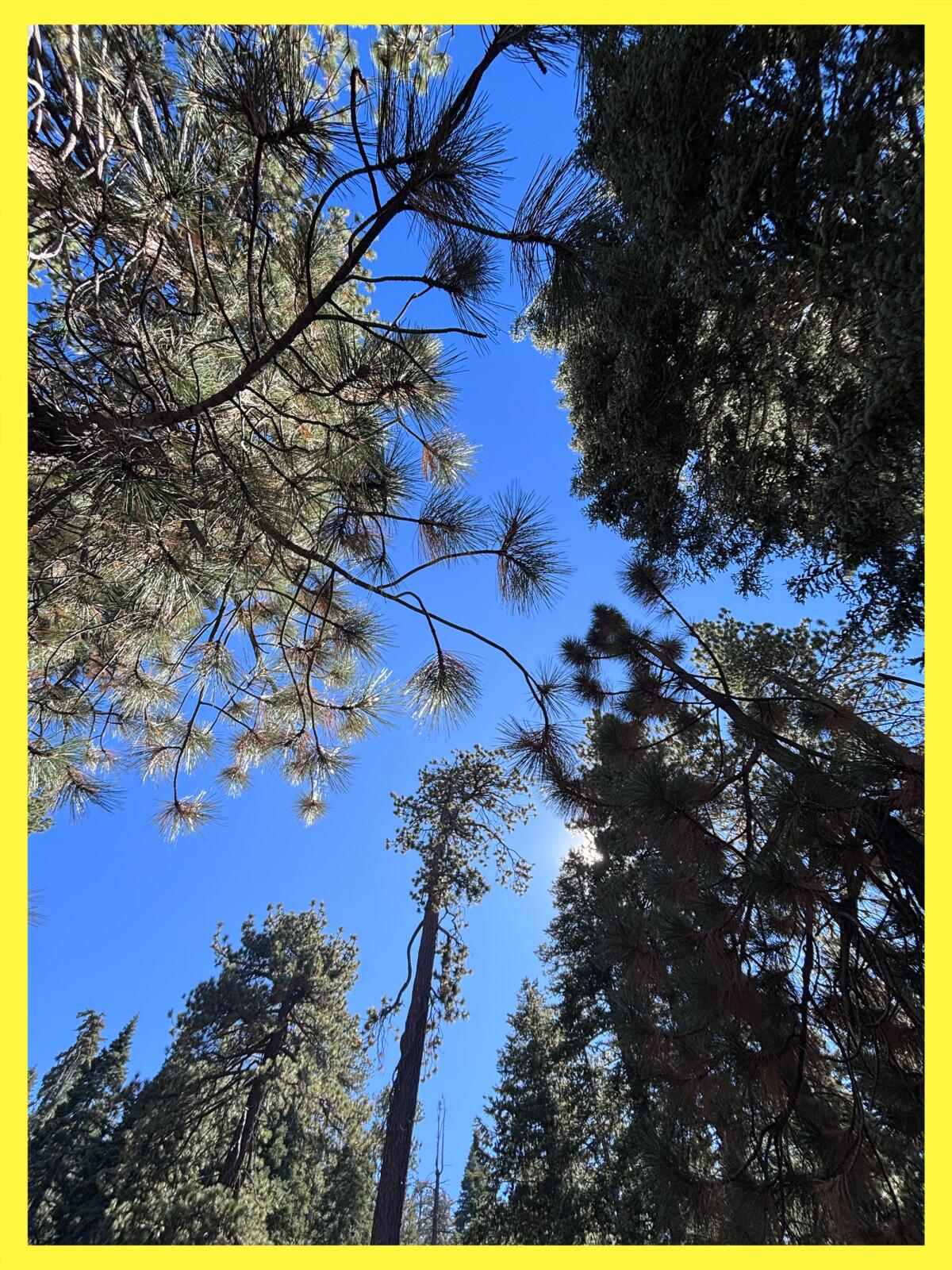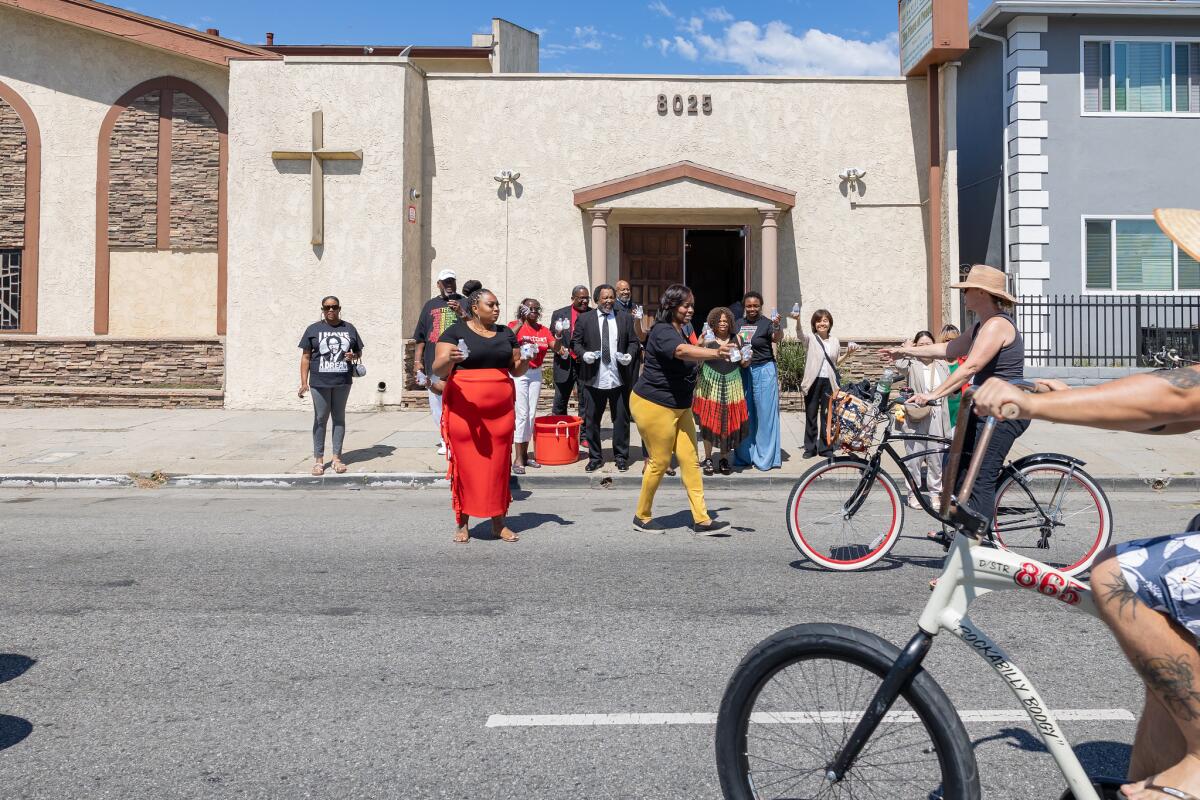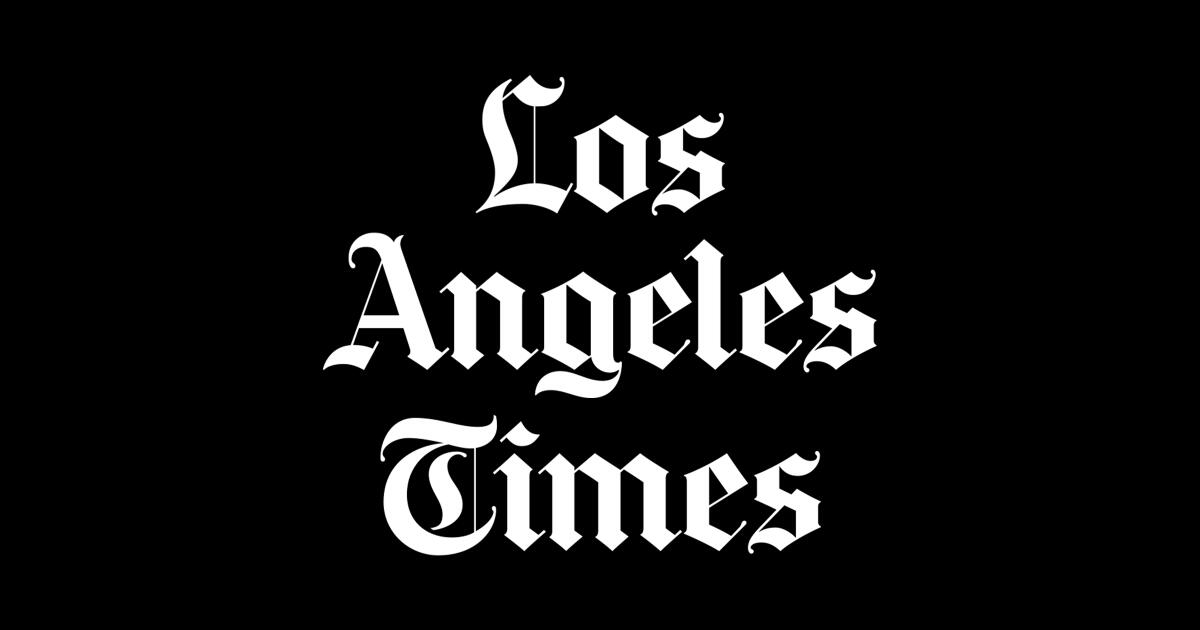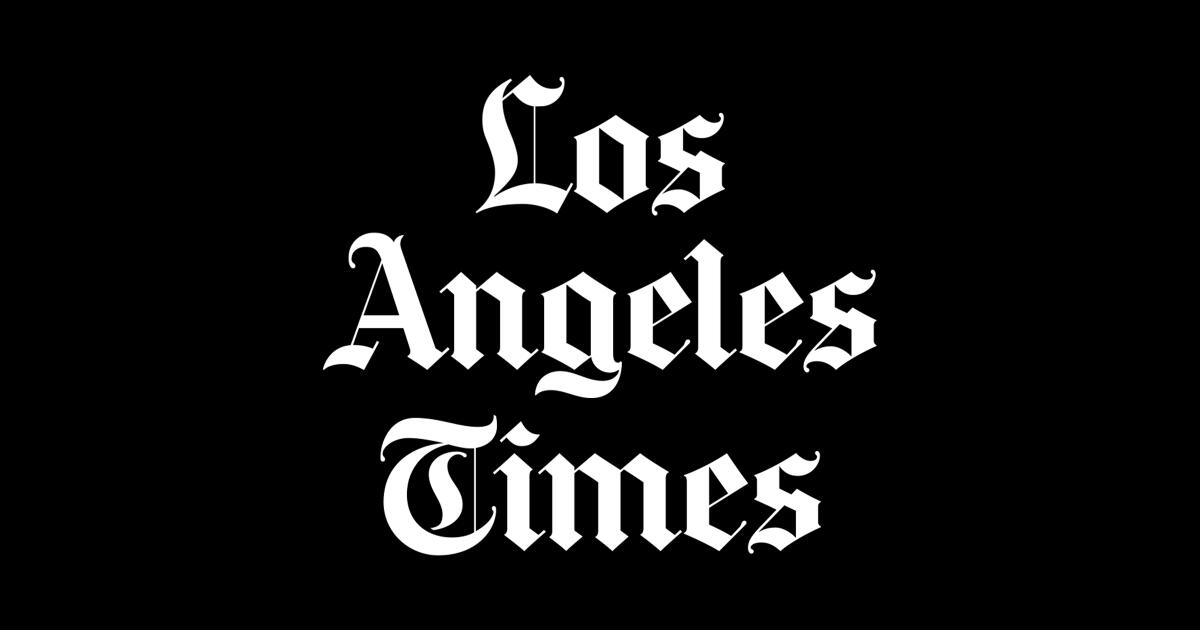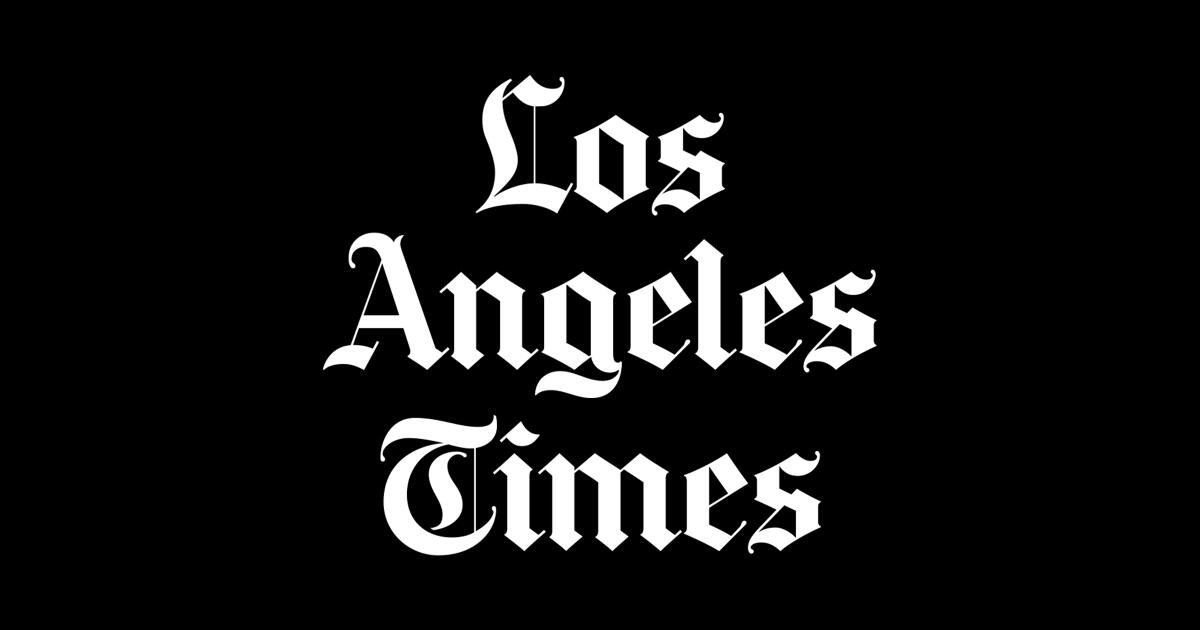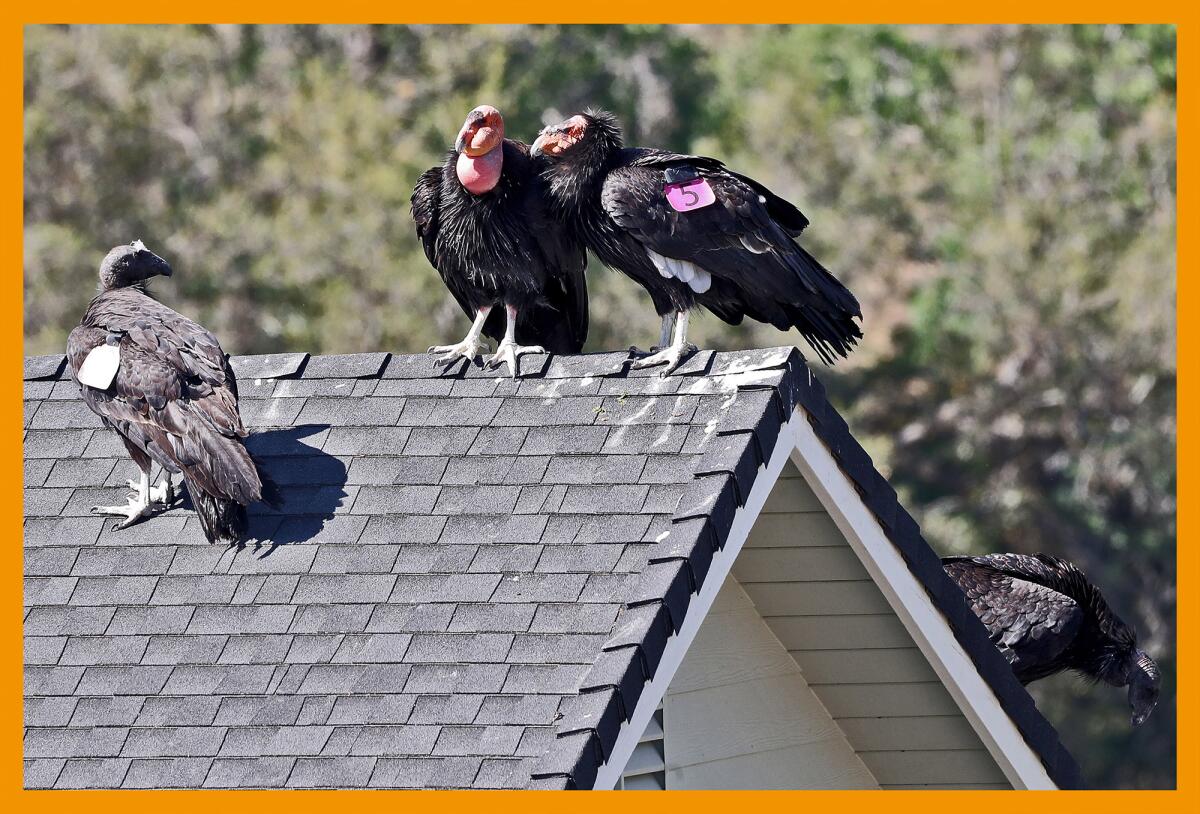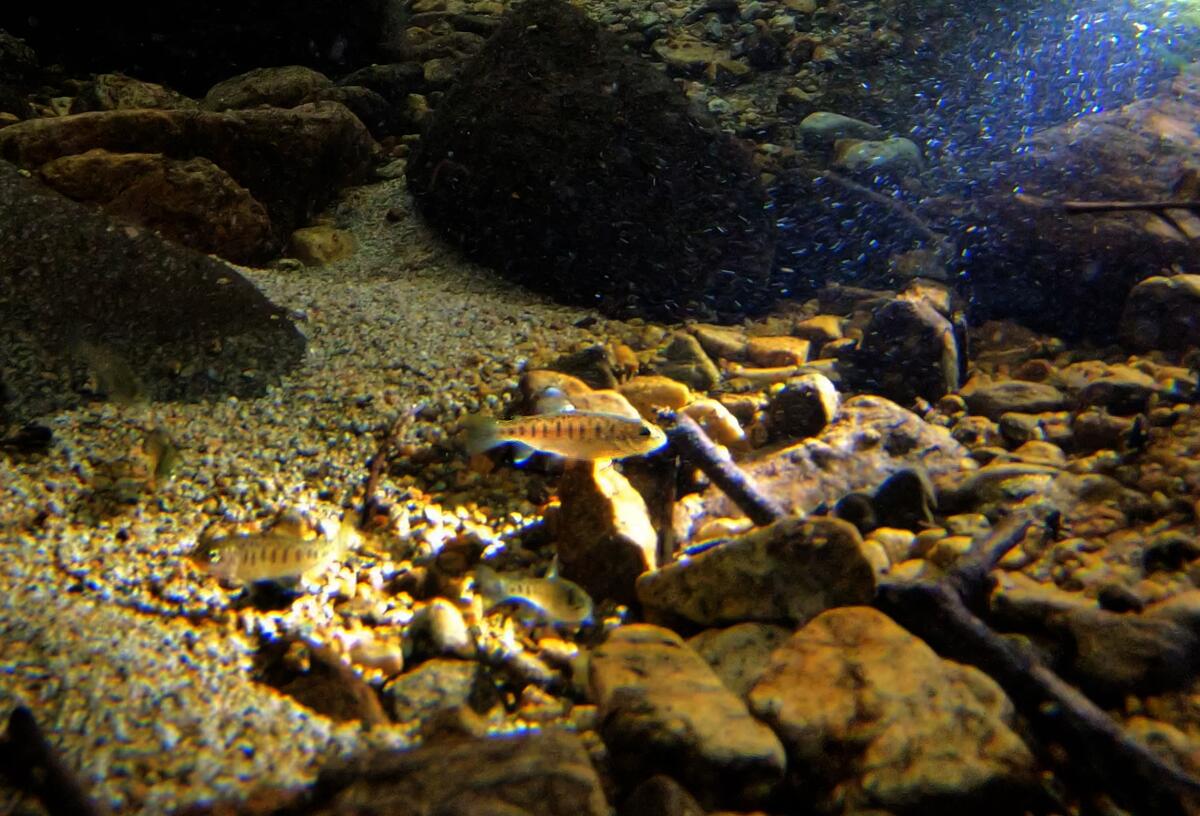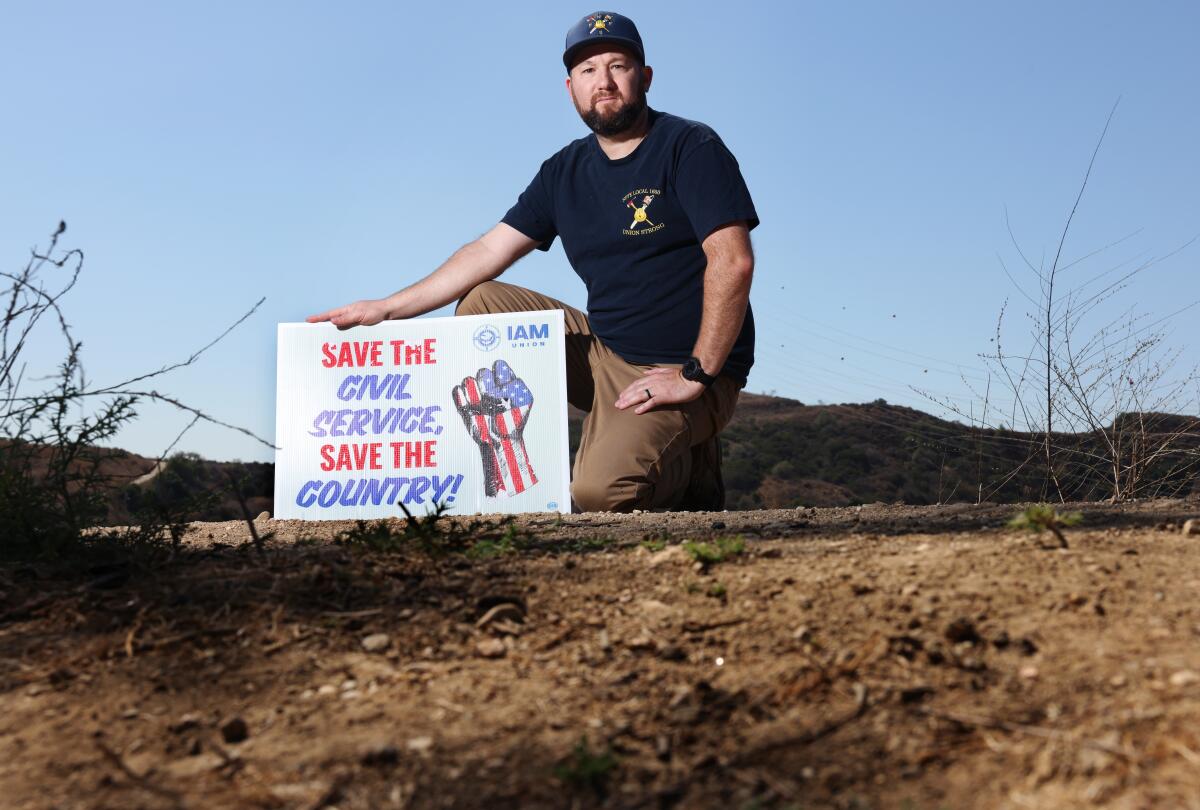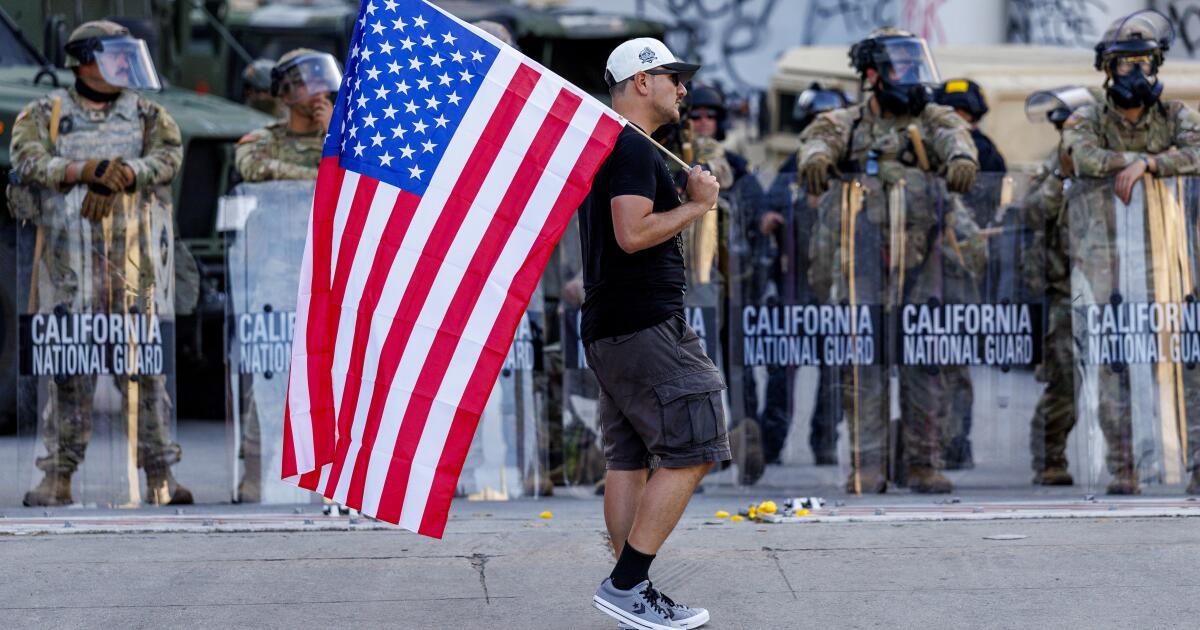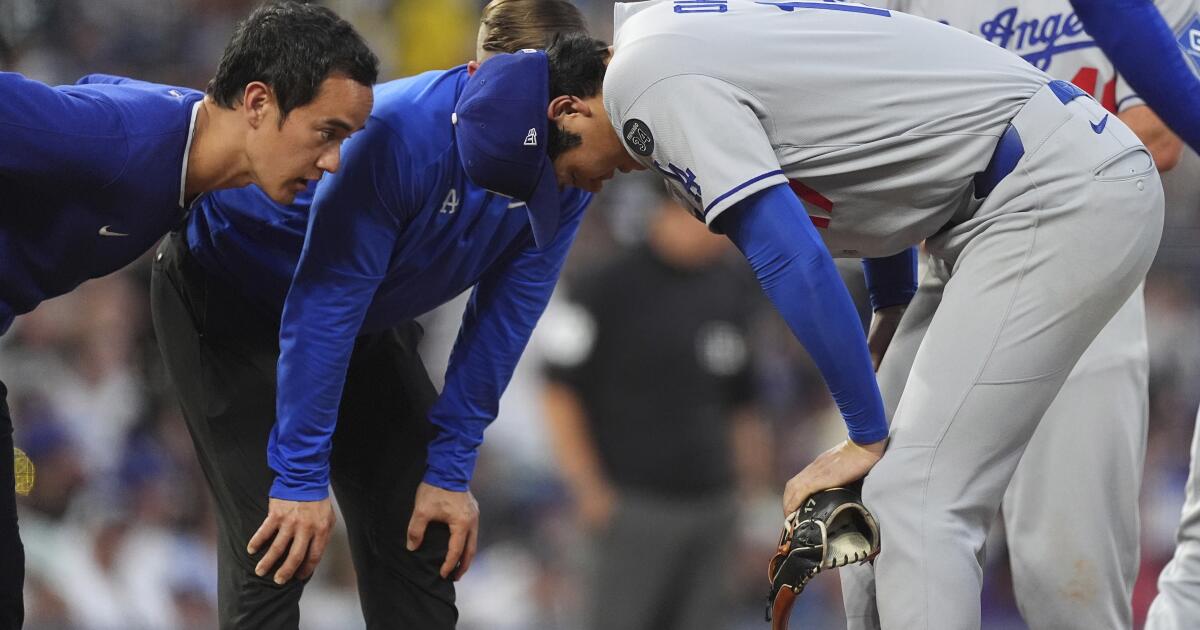SAN FRANCISCO — John Burton walks through North Beach, five cappuccinos under his belt, a swing in his step. It’s a fine sunny morning in the city.
An old buddy lumbers up. “John!” A thump on the back, a hearty embrace. “Congratulations! I can’t believe it. I can’t believe it!”
Who can?
Shortly before noon today, John Lowell Burton–recovered drug addict, merry prankster of the state Legislature, high-voltage champion of all things liberal–will take the helm of the stuffy California Senate.
The moment is pure personal triumph, the crest of an extraordinary comeback. Sixteen years ago, Burton departed the world of politics and was pronounced washed up. A cocaine abuser, he was one binge away from death.
Now Burton is a clean and sober 65. And, while he still seems more court jester than king, more iconoclast than esteemed leader, here he is, proud owner of what has become the most powerful job in the Legislature.
There are many reasons. Term limits are toppling the current sultan, Hayward Democrat Bill Lockyer, and Burton–a streetwise politician and masterful fund-raiser–seems a savvy choice as heir in an election year that will once again put the Senate’s modest Democratic majority to the test.
But mostly, colleagues say, Burton got to the top on the strength of his word. Although he’s a fiery partisan who will gladly holler and bully to win a point, Burton is also regarded as loyal, fair, straightforward and trustworthy to the core.
“He’s a committed liberal, but his word is his bond,” said the conservative Sen. Ross Johnson of Irvine, one of many Republicans who call the Democratic leader a friend.
Burton is happy to hear such praise, but seems somewhat perplexed by his astonishing climb. “It’s amazing, really,” he muses. “It’s a little bit serendipity. But I guess it also proves you should never underestimate a guy.”
*
John Burton is not for the faint of heart.
Tall, fit and perpetually frowning, he has a fondness for expletives and a demeanor that veers from blunt to volcanic. Last year, his staff summed him up in a personalized T-shirt, which now hangs on his office wall. “I Yell Because I Care,” it says.
Ever restless, the bespectacled Burton roars through life at warp speed. He prefers stairs to elevators and loves to roam the Capitol’s corridors, blowing kisses to women and feeding his coffee habit in the sixth-floor cafeteria. When the Senate is in session, he rarely sits at his desk, opting instead to circulate, to talk.
“My second wife called me Frenetic Freddie,” he says. “I guess it fits.”
Burton is also great company–a wisecracking but tender character in a legislative cast that seems to grow more bland by the year.
He is a walking sports almanac–unrivaled, especially, in his mastery of basketball trivia from the 1940s and ‘50s–and a movie buff extraordinaire.
When the spirit moves him–which it does, often–he recites poetry or bursts into song. He watches so much TV–”More than old people on Thorazine”–that he has carpal tunnel syndrome from working the remote control.
Home is a modest flat atop San Francisco’s eclectic Potrero Hill, a place that is pure bachelor, with plastic plants and five lonely items in the refrigerator–milk, cereal, Saltines, diet soda and coffee. Lots of coffee. His favorite room: the rooftop deck, where he pursues one of his primary hobbies–tanning–when the fog’s not in town.
Photographs of his only child, daughter Kimiko, 33, are scattered about. Divorced twice, Burton says the odds are he won’t marry again.
It’s Friday, an off day in the Legislature, and Burton sits for a haircut and mustache trim near Union Square. His stylist, JoAnn Puccini, clips and shaves and chats, a routine they’ve shared for a decade and a half.
Burton is captive, so it seems a good time to ask what about him has changed since he was first elected to the Legislature 34 years ago. “My hair,” Burton replies. “Grayer. Less of it.”
And his politics?
“No change there,” he says, admitting that he’s among the last of California’s true liberals. “I mean, I don’t get this ‘New Democrat’ s—. There are only so many ways you can feed people, get jobs for the unemployed, give kids a good education.”
Moments later, Burton is blow-dried and back in his Buick, barking into his cellular phone, heading for a luncheon across town. Parking is tight, but the senator cares not. He slides into a red zone, checks his watch: “You gotta know the meter maid schedules,” he says.
Edging into the luncheon, Burton shakes hands and accepts congratulations, his haunted hazel eyes scanning the room. Then he’s corralled by former San Francisco 49er tackle Bob St. Clair, who bends his ear about the new ban on smoking in California bars.
“Gimme a break, John,” St. Clair bellows, red-faced. “No smoking in bars? You gotta get rid of that!”
“Oh yeah? What about the guy who’s tending bar, Bob? You heard of f—— secondhand smoke? You heard of f—— lung cancer?”
Burton doesn’t stay for lunch. Instead, he motors down to the bay for a hot dog at Red’s Java House, a snack bar swirling with construction workers and sea gulls.
“The dogs are decent, the view’s great,” Burton says, washing down his meal with a Diet Coke.
Next stop–another cappuccino, decaf this time, and then racquetball, which he plays with gusto despite a shot to the face that left him nearly blind in one eye.
*
Except for a six-year break after his treatment for drug addiction, Burton has been in office nonstop since 1965. Given the path charted by his big brother, Phillip, the legendary congressman, the career choice was a natural.
“It’s a noble calling; it’s about helping people,” says Burton, a lawyer who estimates his net worth at $600,000 to $1 million. And after you taste politics, everything else seems “kind of a bore.”
The youngest of three boys, Burton was raised in San Francisco’s Sunset district, where he remembers eating “a lot of macaroni and franks and beans.” His father–a doctor and one of the few whites who made house calls in black neighborhoods–passed to his sons a sense of compassion for those less fortunate.
“We were taught about giving,” Burton recalls, “that you put a dime in a blind man’s cup.”
Burton’s mother taught her son something else–the value of work. When she wanted a mink coat and her husband said no, she took a second job and bought it herself.
When he wasn’t chasing rebounds on the basketball court, young John was hustling shoeshines in the city’s Tenderloin district, mixing with “hookers and con men and pimps and thieves.” It was there that he learned the importance of keeping one’s word.
“If you did stuff straight–if you said what you meant and meant what you said–you had a better chance of staying out of trouble,” he recalls. The same goes for politics. “Your word–your trustworthiness–that’s a very strong currency in this business.”
Burton’s first campaign for the Assembly was a cruise–”never in doubt,” he recalls of the 1964 race. He has served two tours in the Legislature, distinguishing himself as an impassioned defender of the poor and disabled, a friend of women, labor, consumers and the environment. He is anti-gun and supports abortion rights. Despite serving two years as an MP in the Army, he was one of the first legislators to openly oppose the Vietnam War.
Burton has played the maverick in other ways as well, refusing in his first year to vote for the powerful Jesse Unruh for Assembly speaker. Unruh won anyway, and punished him with a seat on the Agriculture Committee, where the issues had little relevance to his urban district. Some may have pouted, but Burton used the opportunity to befriend Republicans, a strategy that serves him well to this day.
In 1974, Burton went off to Congress, where he earned a reputation as a gifted lawmaker but a bit of a nut. One day, he’d be all business, leading hearings into aviation safety or establishing a marine sanctuary off the California coast. The next, he’d rage against pay toilets in airports or spout off in Pig Latin during a committee hearing.
More erratic behavior was to come. When Burton’s brother narrowly lost his bid to become House majority leader in 1976, Burton grew disillusioned, feeling that the family had been betrayed by their liberal friends.
Two years later, Burton’s best chum since boyhood–San Francisco Mayor George Moscone–was gunned down by Supervisor Dan White. Nine days after that, Rep. Leo Ryan, another old friend, was shot to death in Guyana while investigating Peoples Temple leader Jim Jones.
Gradually, Burton began missing votes on the House floor, even disappearing for days at a time. A longtime drinker, he sought refuge from his grief in booze and drugs.
Addled by a diet of cocaine, alcohol, tranquilizers, nitrous oxide and whatever else was around, Burton believed one of three things had to happen to spring him from his trap. One, he would die. Two, he’d have a nervous breakdown. Or three, he’d be arrested.
Instead, he ran out of money. “If I’d had another $10,000,” he figures, “I’d probably be dead.”
Burton lived, but his well-publicized addiction had drained his savings and helped sink his second marriage. He said farewell to Congress, checked into an Arizona hospital for intensive treatment and returned home to practice law, declaring himself finished with political life.
Six years later, his old friend and ally Willie Brown invited him back into the game. He mulled it over, mulled some more, then ran for his old Assembly seat. And won, no sweat.
*
Burton is walking through Capitol Park in Sacramento, talking movies, when he suddenly stops by a mob of squirrels eating nuts from a tourist’s hand. “I love squirrels,” he says. “I mean, look at that. That’s great. They’re such social animals.”
It takes one to know one.
In pursuing the Senate leadership job, Burton did what he’s done time and again throughout his life–he campaigned, “went right out and hustled the votes.”
Lining up friends and wooing the wary, Burton turned on the Irish charm. He invited skeptics to lunch. He explained himself, reminded people “that I’m good at what I do, that I ain’t no goddamn kid.”
In the end, he got the nod, beating a cautious, moderate former Roman Catholic seminarian, Sen. Patrick Johnston of Stockton. But he didn’t convert everyone.
Take Sen. Ruben Ayala, for instance, a conservative Democrat from Chino who is just plain uncomfortable with Burton’s profane, blustery style.
“He’s visited my office six times. He is trying real hard,” says Ayala, who has declined to endorse Burton and threatened to resign from the powerful Rules Committee. “If I can work with him, fine, no problem. But judging by his past behavior, I don’t think I can.”
Burton knows he’s not everyone’s cup of tea. But while he plans to tone down his confrontational side a bit, and acknowledges that being in charge carries certain behavioral obligations, he won’t promise fundamental change. “I am who I am,” he says. “People knew what they were getting with me.”
So what kind of leader will he be? Will his new post, which Lockyer made the state’s second most powerful political job–right after the governor–remain so?
Sen. Jim Brulte of Rancho Cucamonga, a former GOP leader of the Assembly, predicts that Burton will abandon his “rebel, bomb-thrower” ways and do a good job.
“[Leadership] has a very maturing effect on you. He is absolutely up to it.”
*
The big day is drawing near, and Burton is talking clothes, a rare topic for someone whose sartorial signature has been wrinkles, athletic shoes and disdain for ties. But he’s about to become the new czar of the Senate, and he’s got to look the part–for today’s ceremony, at least.
And so, Burton is asked, what will it be?
“I think I’ll wear the Zegna,” he says, referring to a pricey Italian number, one of the few suits he owns. “It’s blue. Single-breasted. Double vents.”
And the shirt? “Plum.”
And the shoes? “Black. Lace-ups.”
When Burton takes the oath today, few in the gallery will be prouder than his daughter, Kimiko. She has seen her father surf the heady swells and deep troughs of politics. She knows just what this pinnacle means.
Critics, she says, “never gave him credit as a good legislator,” discounting him as a has-been who had “run out of gas.” This achievement, declares the daughter, is “like a vindication.”
The father wouldn’t disagree:
“Unruh used to say there is no greater honor than being selected by your peers. Well, it’s happened. And you know, it’s really true.”
Indeed, out of respect for the moment, Burton may skip his Thursday racquetball match.
Then again, he may not.
(BEGIN TEXT OF INFOBOX / INFOGRAPHIC)
Profile: John L. Burton
A veteran state legislator who also served eight years in Congress, Burton will be elected president pro tem of the California Senate today. The blustery liberal Democrat is known for his wit, political savvy and unlikely friendships with Republicans. He will succeed Sen. Bill Lockyer, who is stepping aside because of term limits.
* Born: Dec. 15, 1932
* Residence: San Francisco
* Education: Undergraduate degree from San Francisco State, where he was an all-league guard on the basketball team; law degree, University of San Francisco
* Career highlights: Pushed legislation to increase benefits for the aged, blind and disabled, expand open meeting laws and require that criminal suspects be convicted before government can seize their assets; led the only successful effort to overturn the veto of a bill by former Gov. Ronald Reagan (which would have closed mental hospitals); in Congress, established the Point Reyes Wilderness Area.
* Interests: Racquetball, movies, sports trivia
* Family: Divorced twice; has an adult daughter, Kimiko
* Quote: “I say what I mean and I mean what I say.”
